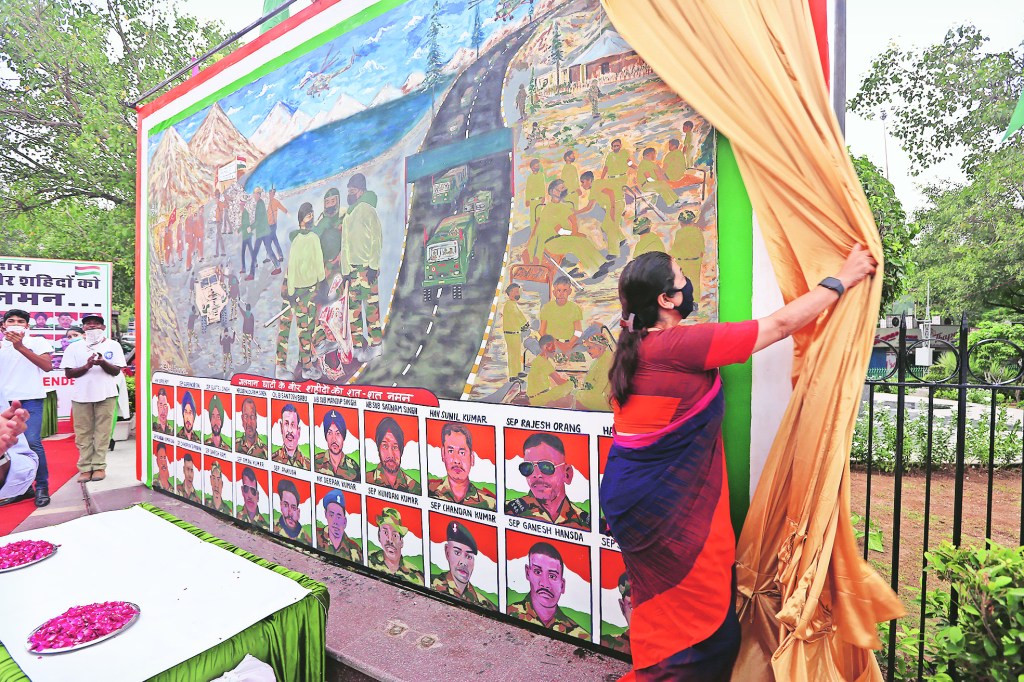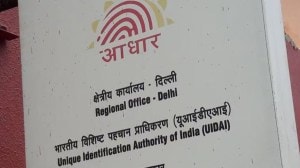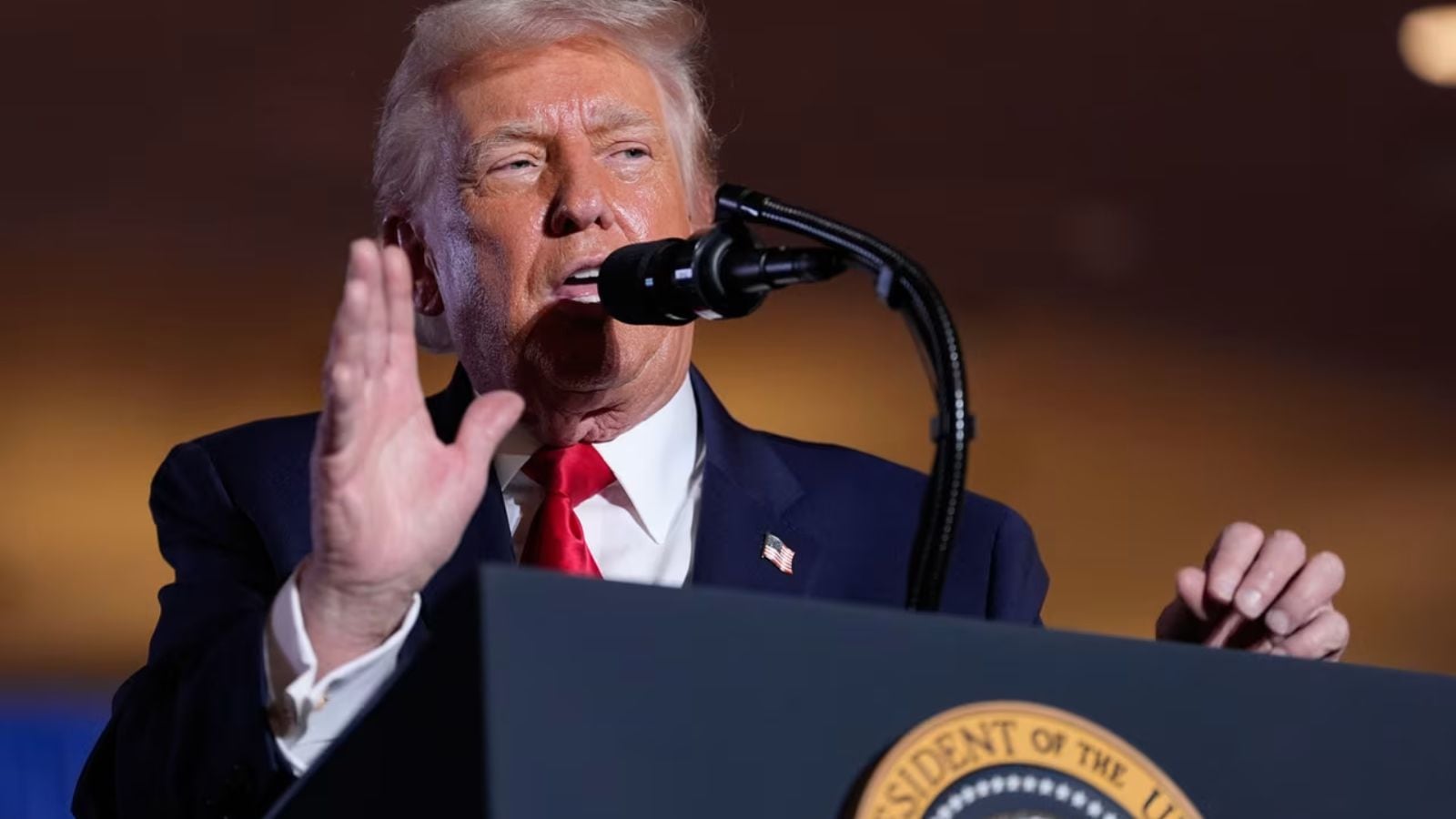Crosswinds: Nehru, Zhou and the Anglo-American Competition over China
Vijay Gokhale
Penguin Random House
Pp 256, Rs 699
At a time when the India-China-USA triangle is becoming more animated over complex and discordant issues, Crosswinds provides valuable insights into east Asian geopolitical events of the 1950s that have considerable relevance for Delhi as it grapples with the current turbulence in major power relations. Former foreign secretary Vijay Gokhale deftly illuminates a pivotal phase in the post World War II period, when both India and China had become independent nations and there was an intense Anglo-American tussle, with London and Washington consolidating their respective and divergent interests in a post-colonial Asia that was in a state of nascent nationalist flux.
The book under review is the third China-related volume from an astute domain expert who has served in Beijing in various capacities, including that of ambassador (2016-17) and is now a prolific author. The first two books were titled Tiananmen Square: The Making of a Protest and The Long Game: How the Chinese Negotiate With India, and the latter is an appropriate segue to the current volume.
The genesis for this book is instructive and Gokhale apprises the reader that “This book was born out of my curiosity to understand the reasons behind India’s decision to recognize the Peoples’ Republic of China in December 1949 without any identifiable quid pro quo.”
Based on rigorously collated archival material, Gokhale examines the manner in which India, which had attained its freedom in August 1947, engaged with the UK and USA to arrive at its own policy towards communist China—the other Asian giant that announced its arrival on the world stage on October 1, 1949. India was among the first non-communist nations to recognise China and did so on December 31, 1949, and was encouraged by London’s devious diplomacy towards it.

The UK and the USA had divergent interests in relation to communist China and a wily British foreign office used Prime Minister Nehru as an unwitting (but willing?) cat’s paw to make Delhi bell the communist cat. It then used that diplomatic opening as a ploy with Washington to accord its own recognition— which followed that of India in less than a week. London recognised communist China on January 6, 1950.
In a pithy but import-laden assessment, Gokhale opines of this major policy punctuation: “Nehru’s decision to recognize China was a strategic one based on his world view that India and China, as the major Asian powers, had to work together if India was to carve out an independent role in the Indo-Pacific region. His strategic instinct was sound. But the tactical planning was absent from the exercise. Recognition became an end in itself. It became a procedural matter, rather than a matter for negotiation in which bargaining would bring desirable outcomes beneficial to newly independent India’s national security.”
In addition to the recognition accorded to communist China (which was a major policy decision), Gokhale examines three other events—the 1954 Indo-China crisis that was a major setback for France; the first Taiwan strait crisis of September 1954; and the second Taiwan strait crisis August of 1958 and the manner in which India tried to play the role of a peacemaker in each case. The final assessment is not very flattering and Delhi’s interventions were often imprudent and driven more by personal glorification, particularly in the case of PM Nehru’s confidante, the contradictory and mercurial Krishna Menon.
Vietnam had become the site of intense competition between the communist camp (USSR and China) that were aiding the Vietminh against colonial France, and the USA saw this as an early Cold War litmus test to contain the spread of communism. The UK had considerable commercial interests apropos China while the US concern was more ideological and geopolitical and for a brief period the anxiety of a regional war loomed large.
India, with earnest aspirations of a peacemaker, was drawn into the resolution of this conflict. While PM Nehru’s natural response was to frame this as a case of supporting a fellow Asian nation against the rapacious colonial power, thereby drawing US ire, London made rings around Delhi. As Gokhale pithily notes: “It is difficult to escape the conclusion that Britain was projecting India as the villain of the piece to cover up its own deep opposition to the US’s (sic) policy. It was a game that it had played in 1949 as well, when it suggested that it was India, not Britain, that had taken the lead in pushing for early recognition of the PRC (China).”
While the Indian intervention was welcomed in some quarters as ‘statesman-like moderation’ and the belligerents agreed to an armistice, the internal pattern was bizarre—to put it mildly. Crosswinds is an apt title, for “Krishna Menon did not carry a government brief to the Geneva talks on Indo-China, Delhi was not formally invited to the deliberations, Menon kept the Indian Ministry of External Affairs out of the loop and Nehru’s instructions to Menon, if any, were probably oral.”
While Menon injected himself into Geneva as part of his own brand of personal diplomacy and created a perception that his efforts averted World War III, Gokhale offers a more wry and subtle assessment. He notes: “Few within the (Indian) system had an idea of what India’s endgame in Indochina was beyond broad statements by Nehru that India desired to enlarge the area of peace and non-alignment in Asia. There is no official record about Menon’s work in Geneva.”
The two Taiwan strait situations exude the same kind of impulsive policies that Delhi pursued, devoid of objective internal institutional consultation and in the latter case in 1959— Nehru had to caution Krishna Menon’s about his feckless personal interventions. The global geopolitical situation was very complex and tense and the Chinese with Zhou Enlai as pointman were cleverly using Menon at the UN to advance their own interests, even while creating problems for India in the Aksai China region.
The incongruousness of the Indian defence minister (Menon) spending most of his time and energy in an ill-conceived diplomatic pursuit on the global stage, even as the PLA was challenging India’s territorial integrity, can only be characterised as strategic naivete of a high order and the book provides vivid details in a lucid manner. The 51 pages of endnotes are testimony.
There are many strands in Crosswinds that will be relevant to the current Indian policymakers who are dealing with China and the major powers—and none more than Gokhale’s sage observation that the preference for personal diplomacy over process-driven foreign policy can have long-term adverse consequences. Galwan is a case in point and in the trajectory from Nehru to Modi, Delhi is yet to arrive at that elusive strategic clarity in dealing with its revisionist neighbour.
Gokhale is to be commended for this excellent book and it is only appropriate that he has been conferred with the prestigious Ramnath Goenka award (for his second book). A minor quibble: the lack of an index is inexplicable.
C Uday Bhaskar is director, Society for Policy Studies








